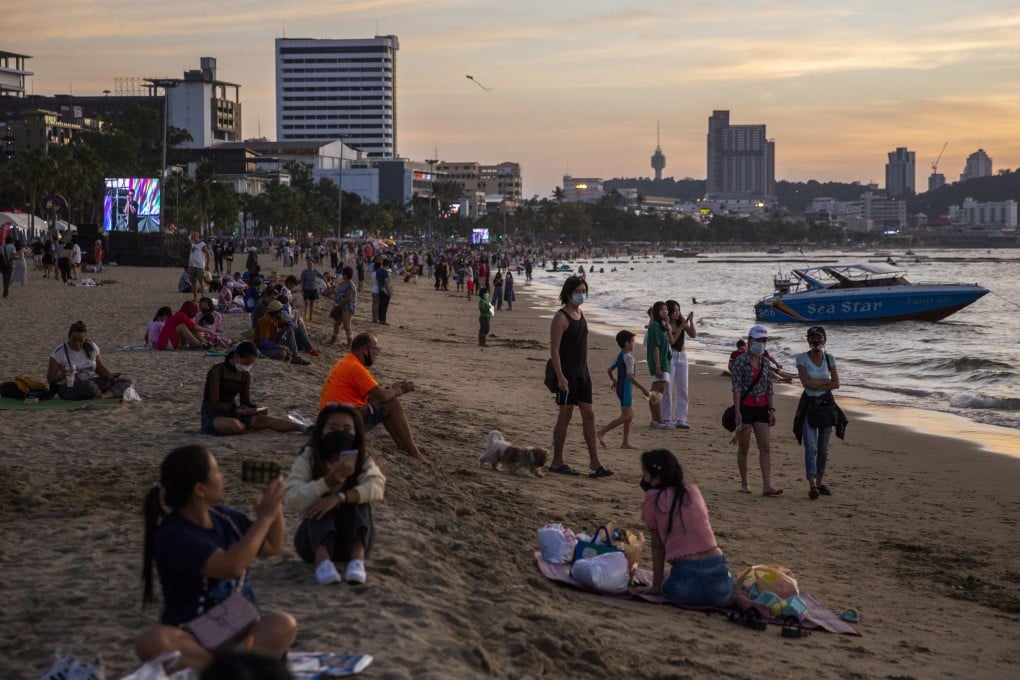Destinations known | Coronavirus: Omicron variant delays Asian leisure travel’s return until … well, when? Let’s hope 2022 sees us taking overseas holidays again
- The emergence of the Omicron variant of coronavirus has caused a tightening of travel restrictions in parts of Asia and delayed the resumption of leisure travel
- Weekend getaways and spontaneous travel remain a distant prospect. Sure, our carbon footprints have shrunk, but here’s hoping for holidays abroad in 2022

Much remains unknown about the Omicron variant of Covid-19, but one thing is certain: it has disrupted many a travel plan this festive season, from Hong Kong to the United States, causing entry restrictions to be tightened and thousands of flights to be cancelled.
Its emergence also suggests that the pandemic will quite spectacularly outstay its welcome.
The spread of the latest coronavirus variant of concern has highlighted vaccine inequality between the global north and south, and put into sharp focus the many and muddled approaches adopted by destinations around the world to keep Covid-19 out or live with it.
It seems more and more likely that those in Hong Kong who have put off visiting friends and family overseas in the hope that next year quarantine requirements for arriving passengers will be lifted, or at least lightened, will be disappointed.

That raises a question: will Hongkongers – or anyone else in Asia, for that matter – ever be able to holiday abroad again? Well, yes, probably. The real question is when?

